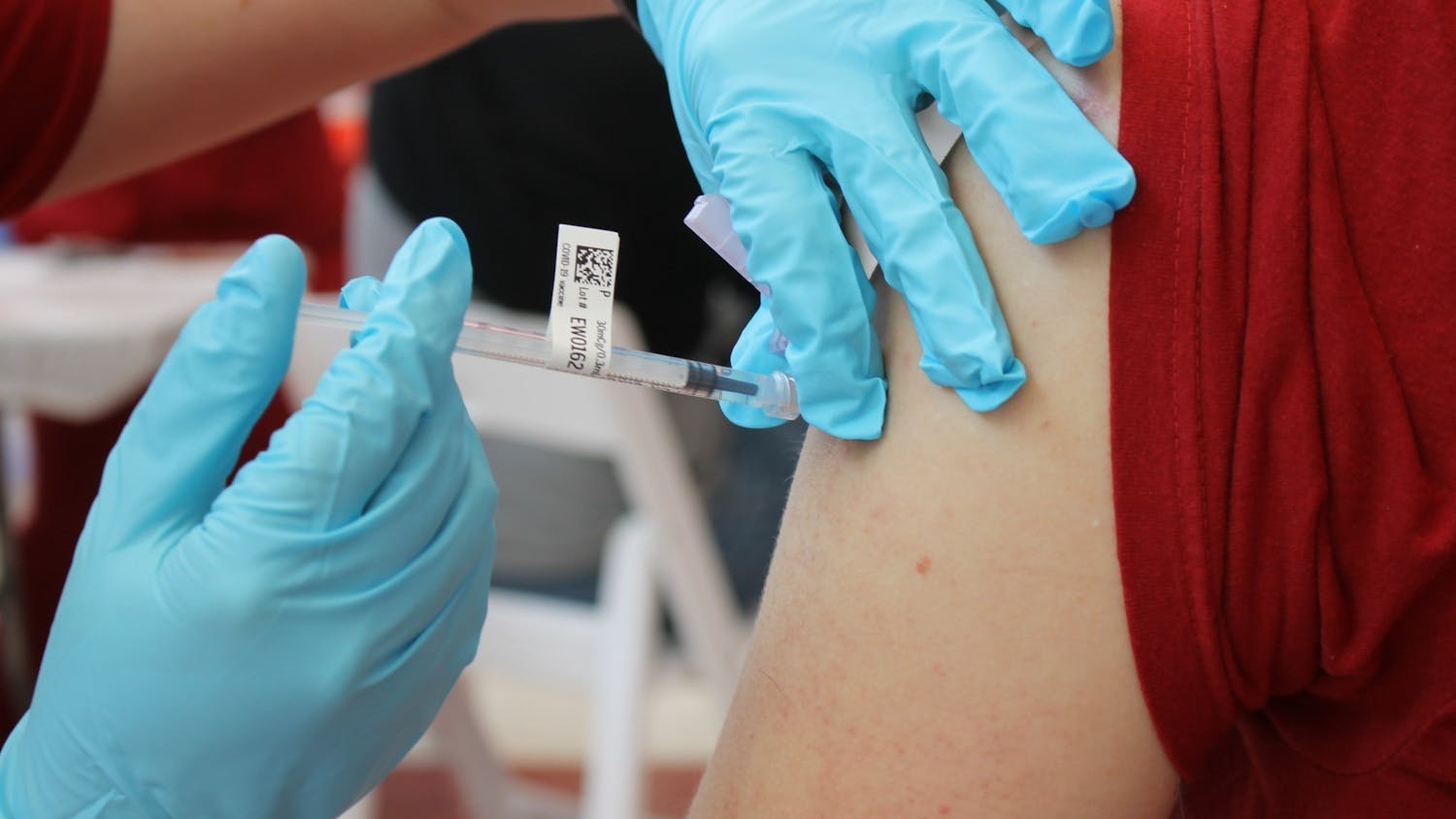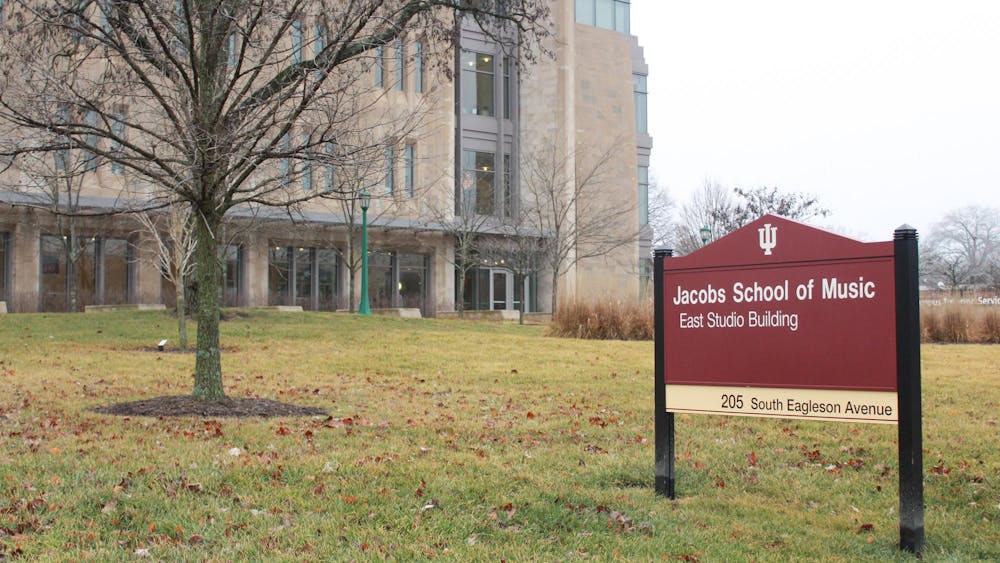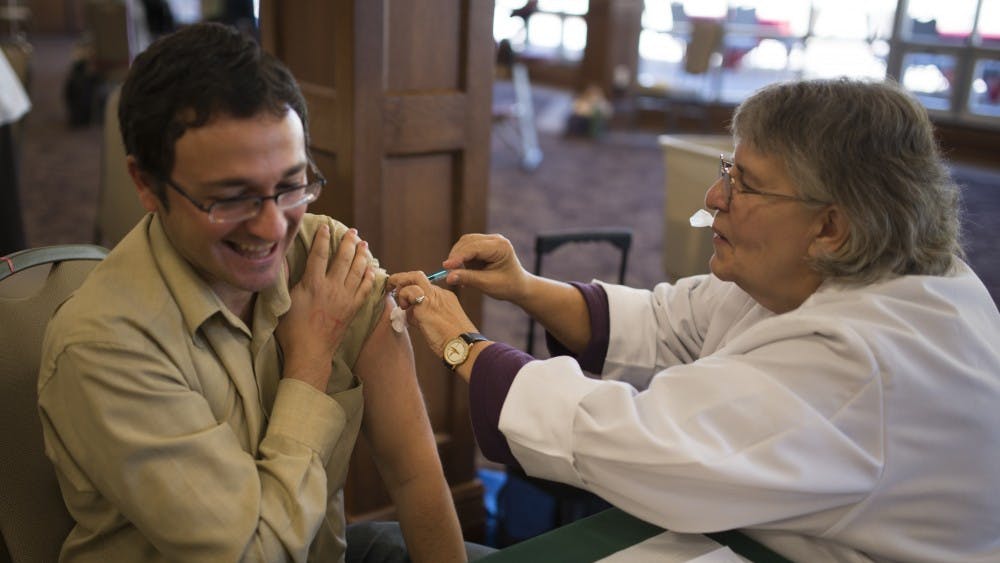"Don't drop me," Aibo, a puppy-sized robotic dog, begs in a digitized voice to professor Randall Beer.\nAibo, manufactured by Sony Corp., is one robot that 18 students will be able to tinker with next semester as part of a new course at IU. The class presents an opportunity for students with programming experience to employ robots to test modes of cognition.\nThe use of robots in cognitive science is relatively new, but it's nothing new for Beer. A first-year IU professor, Beer taught a robotics course at Case Western Reserve University for 10 years. IU's Cognitive Sciences Program wanted to offer a robotics course because of growing interest in taking "embodied" approaches to cognition, Beer said.\n"Traditionally, people tended to think of all of our behavior, all of our cognition as just coming from the brain and sort of the body as just like a puppet," he said. \nBut that's not the way it works, Beer said. \nEmbodiment rests on the assumption that the way organisms are physically embedded in the world affects their intelligence -- that is, the interaction between the brain, the body and the environment determines behavior. Modeling embodied systems in cognitive sciences is possible through a variety of ways, one of which is robotics. \nBeer said he is uncertain how the semester will flow because he's new but said he is looking forward to exposing students to "the mechanics, the electronics and all that stuff to do with robots." \nDuring the first half of the course, students will work in groups of three building and programming robots with a $300 kit. Erector-set-like parts consisting of motors, sensors, gears and metal pieces will allow students to build robots from scratch. Students will control the bots using radio control, or they may opt for autonomous control by using onboard computers. But the kits can only be taken so far, Beer said. \nMore sophisticated robots will be available to students in the second half of the course. Students will also have the chance to showcase the workings of the robotics laboratory to the general public some time next semester. \n"Every time I visit this laboratory, I'm amazed at the new robots swarming around," said Robert Goldstone, director of the Cognitive Science Program, in an e-mail interview.\nThe Aibo, which is no longer made, was bought for about $3,000 from eBay and is the most expensive of the group. The robot dog talks, pants, performs tricks and is responsive to more than 100 commands (though not always perfectly).\nOther robots include Robonova, a humanoid that exhibits a barrage of acrobatic movements, a six-legged robot and a scorpion-like Lego robot that uses sound waves to detect surroundings and "stings" when objects get too close. \n"I want to keep it open," Beer said of the class. "The idea is to give them a lot of choices and let people pick what they feel comfortable with." \nAlthough Beer's current personal research does not directly employ robots, it still revolves around the idea of embodiment. He is working with genetic algorithms, which he said are "kind of a computer model of evolution." The goal of his research is to contribute to the theoretical understanding of how neural networks evolve to make different behaviors possible.\n"Evolved systems don't necessarily work the way an engineer would design them," he said. "If you're presented a system by nature like an animal, you don't get to decide, well, it would be easier to understand an animal if it were organized this way." \nThe simplest insect, after all, is better at getting around in the real world than the most complicated robot, he said.
Class teaches students to build robots from scratch
New course takes hands-on approach
Get stories like this in your inbox
Subscribe





